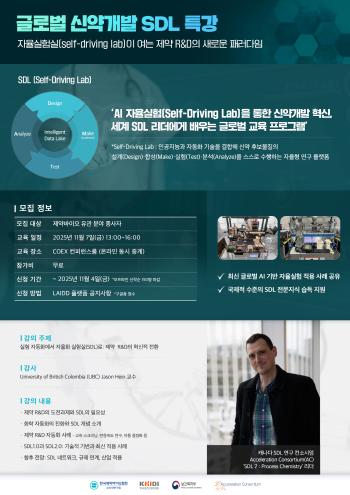Research team's faster walking reduces the risk of arrhythmia
Apr 16, 2025
|
In general, the heart should beat regularly at around 60 to 100 times per minute for adults, and arrhythmia refers to a state in which the rhythm of the heart is irregular or abnormally fast or slow. Atrial fibrillation, tachycardia (fast heartbeat), and bradycardia (slow heartbeat) are typical types of heart disease. The prevalence of atrial fibrillation, the most common type of arrhythmia, has doubled over the past 30 years, raising concerns.
According to a study by Professor Jill P. Pell of the University of Glasgow, England, published in the British Medical Journal (BMJ) sister journal Heart, a follow-up of 420,000 participants in the UK Biobank found that fast walking reduces the risk of arrhythmia.
The research team investigated the effects of walking speed along with existing risk factors such as age, gender, obesity, and smoking. A follow-up study was conducted for an average of 13 years on 429,925 participants (average age of 55) in the UK Biobank who secured walking speed data through the survey. 81,956 people checked the walking speed and time required through activity trackers. Depending on the walking speed, 27,877 people (6.5%) were classified into a slow speed group of less than 4.8 kilometers per hour, 221,664 people (53%) were classified into an average speed group of 4.8 to 6.4 kilometers per hour, and 171,384 people (41%) were classified into a fast speed group of 6.4 kilometers per hour or more.
As a result of the investigation, it was found that mean and fast walking speed significantly lowered the risk of all cardiac arrhythmia.
Cardiac rhythm abnormalities that occurred during the follow-up period were 36,574, including 23,526 atrial fibrillation, 19,093 other cardiac arrhythmia, 5,678 bradycardia, and 2,168 ventricular arrhythmia.The risk of arrhythmia in the fast and average speed groups was found to be 43% and 35% lower than in the slow speed group, respectively. The risk of atrial fibrillation was 46% and 38% lower in the fast and average speed groups than in the slow speed groups, respectively, and the other cardioarhythmia risks were 39% and 21% lower. Among the 81,956 activity tracker measurements, arrhythmia occurred in 4117 people, and the risk of arrhythmia in the mean or fast speed group was 27% lower than in the slow speed group.
Among the associations between walking speed and heart beat abnormalities, 36% were analyzed by metabolic and inflammatory factors, and this association was not related to known cardiovascular risk factors but was prominent in women, under 60s, non-obese people, and long-term patients. greater effect in people suffering from high blood pressure and several chronic diseases.
The research team analyzed that walking faster reduces the risk of obesity and inflammation, reducing the risk of arrhythmia. It has been found to reduce body weight, BMI and waist circumference, blood pressure, fasting blood sugar, and inflammatory indicators, and improve lipid profile. The research team said "These results suggest that fast walking can be a safe and effective exercise in reducing arrhythmia in high-risk groups."
This article was translated by Naver AI translator.














